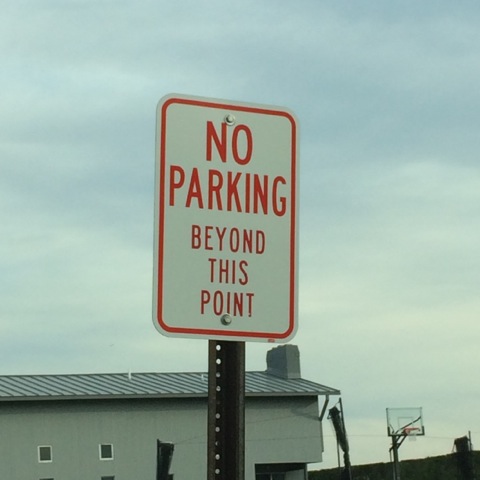
According to the United States Census Bureau, the Borough has a total area of 1.318 square miles. Deal borders the Atlantic for its entire approximately one-mile eastern boundary. The landscape of the beaches located at the east end of the five streets named in Ordinance #1143 (Monmouth Terrace, Monmouth Drive, Hathaway, Sydney and Neptune Ave.) make them ideal locations for surfing, fishing, sun bathing and engaging in various other activities. These activities predominately occur between 8:00 am and 8:00 pm.
Currently, there are no parking restrictions or limitations on these streets. Parking is restricted to two-hour maximum limits on many other beachfront streets in Deal, while others are private and have no beach access at all. Neptune Avenue and Hathaway Avenue are the only two viable access points to Deal’s southern-most beaches. Parking on Monmouth Terrace, Monmouth Drive, Sydney Avenue, Neptune Avenue and Hathaway Avenue is essential to reach these access points safely.
In 1978, the New Jersey Supreme Court decided Van Ness v. Borough of Deal, a suit which was brought by Stanley C. Van Ness charging the Borough with illegal and discriminatory practices in the maintenance and operation of its publicly owned beaches and related facilities. 78 N.J. at 175. There, Deal Casino restricted public access to the dry beach area in front of the beach club. Van Ness objected to the restriction upon the beach club's opening. Id. at 177. The Court ultimately held that the municipally owned beach in front of the Deal Casino must be opened to the general public on the same basis as the Pavilion beach in Neptune City. Id. at 181.
In the 1980’s and early 1990’s, the Borough vacated easements on numerous street ends leading to the beach. These street ends were vital access points to reach the beach. However, for reasons unknown, the Borough gave ownership of those access points to the adjacent landowners. This is why numerous streets in the Borough, which should lead to the beach, are currently dead-ends.
In 1994, the Borough of Deal was sued by Al Ferguson, Esq. on behalf of Surfrider Foundation and a local surfer who was ticketed for violating a town ordinance. The Borough had passed a resolution that restricted surfing on all of its beaches. The Ordinance was challenged as violating New Jersey public policy and the public trust doctrine. Ultimately, Deal agreed to repeal the ordinance due to overwhelming pressure and public opposition.
On January 20, 2015, the U.S. Army Corps of Engineers, New York District awarded a $38 million contract to Manson Construction Company to replenish beaches, reconstruct storm water outfalls and implement modifications to an area from Elberon to Loch Arbor. Approximately 4.45 million cubic yards of sand is being pumped onto the beaches along a 3.5 mile area. The project is funded by the federal government through the 2013 Disaster Relief Appropriations Act (PL113-2). As the Borough of Deal is in the area covered, the Borough and beaches in Deal directly benefit by this project.
In October 2015, the Borough of Deal proposed Ordinance #1124 which sought to restrict parking on six oceanfront streets from May 1 through October 31 during the hours of 8:00 am to 8:00 pm. Only Deal residents located on these streets would have been issued permits. This Ordinance was tabled after overwhelming public opposition.
In June 2016, the Borough proposed Ordinance #1134 which sought to restrict beach access by implementing permit parking on one side of the streets listed in the Ordinance. This Ordinance was also tabled.
Currently, the Borough is proposing #1143 which will require permit parking during the summer months on those same five streets (except Roosevelt which has two-hour parking) with vital beach access points for a cost of $100 or $50 per month. The Ordinance will give preferential treatment to thirty-two beachfront residents living in mansions with ample parking. These residents will not have to pay for parking and have never had problems with parking in the past. This is merely another attempt to keep people away from the newly restored beaches, paid for with our tax money.
